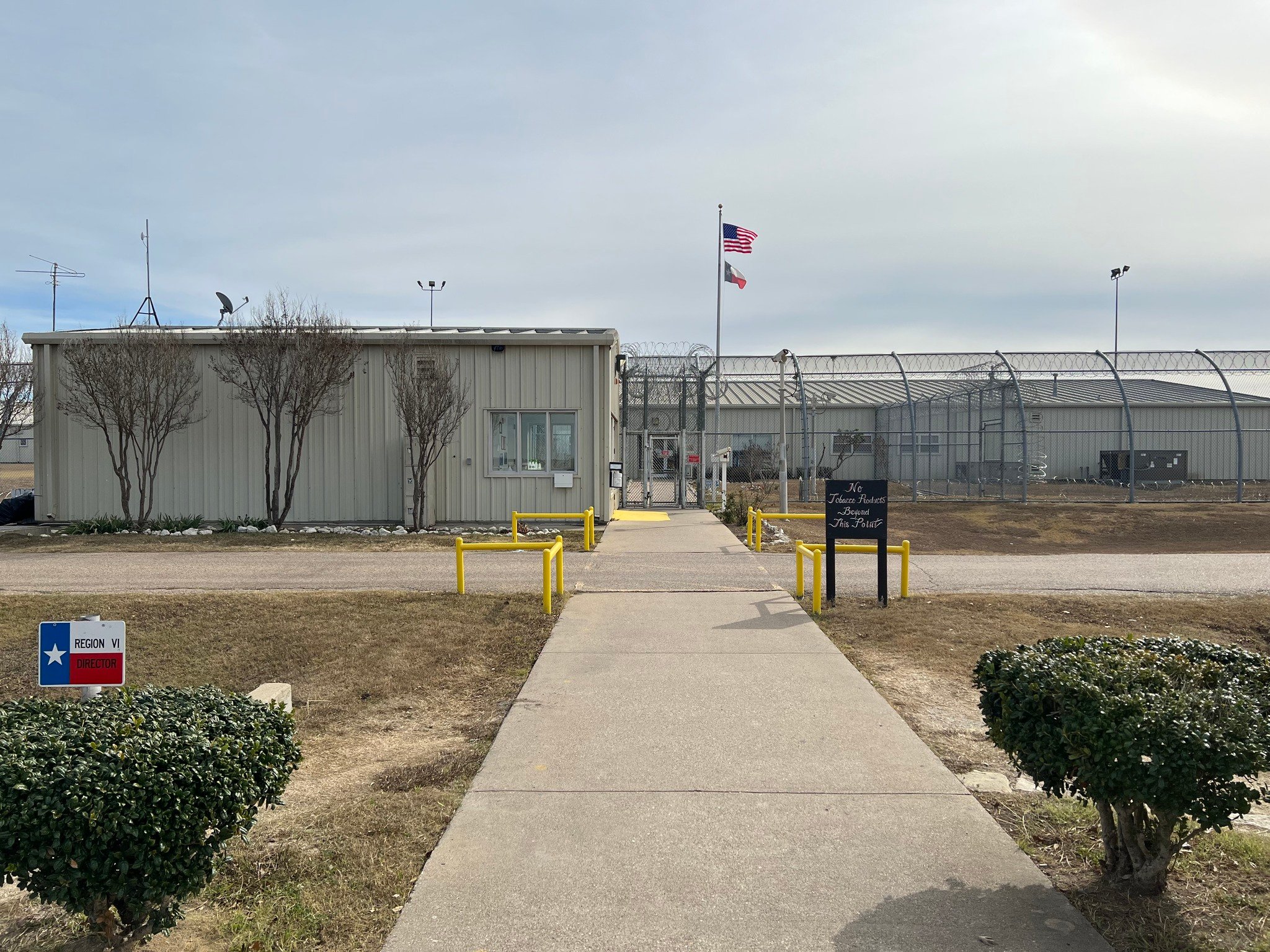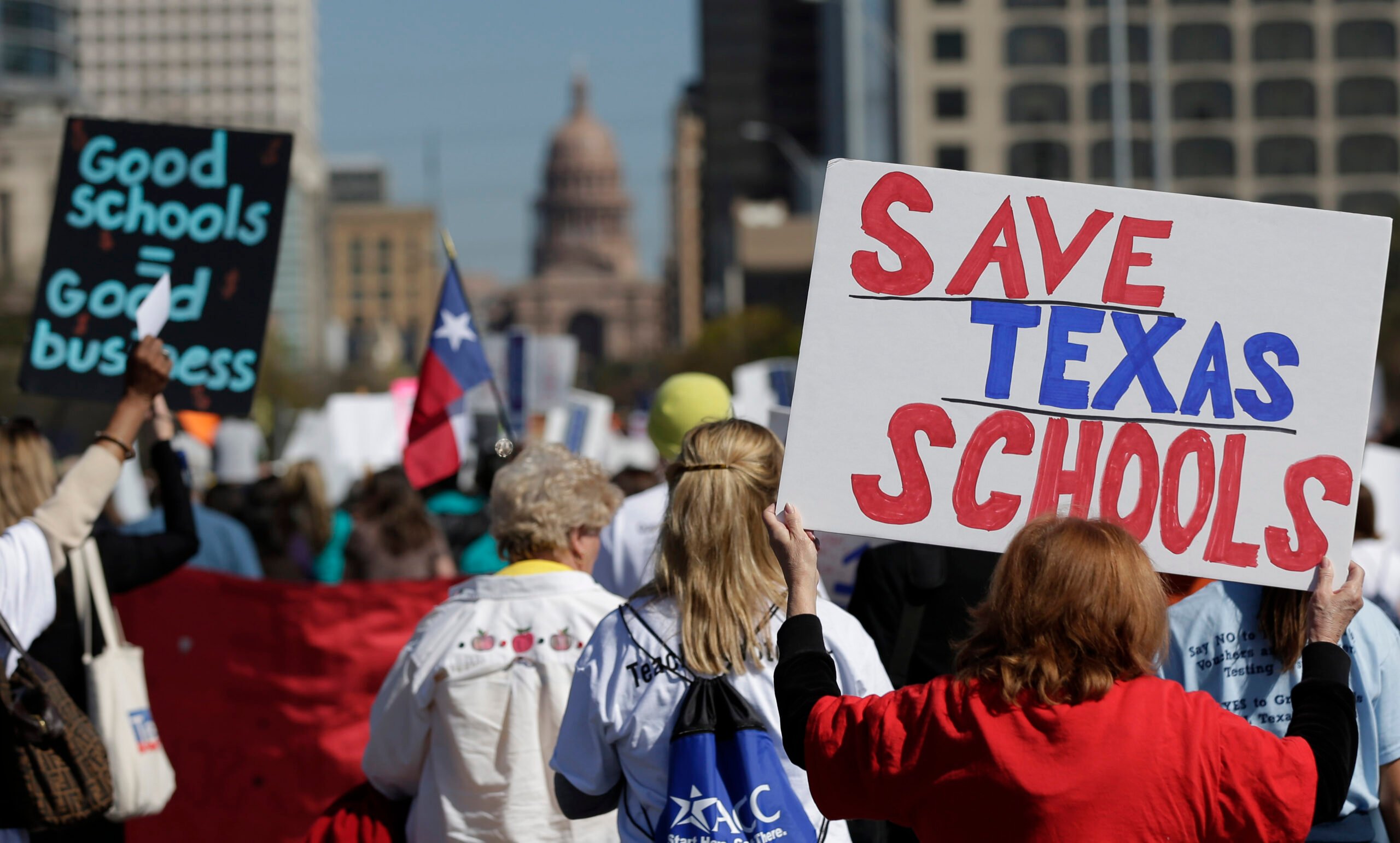Down on the Farm Subsidies
A version of this story ran in the March 2012 issue.
With the farm bill set to expire at the end of September, lawmakers are negotiating a new five-year bill. At the center of attention are billions of dollars in subsidies for farmers—or, more accurately, for big agribusinesses. As the top recipient of farm subsidies in the nation, Texas has a huge interest in the outcome.
The federal government has long argued that the subsidies provide a safety net for farmers and keep the country from depending on imported food. They’ve also become a source of livelihood in rural areas, and not just for farmers. The subsidies indirectly benefit banks and other businesses associated with farming, such as feed stores.
But as lawmakers begin to craft new legislation, groups across the political spectrum are challenging the amount of those subsidies—and who benefits from the federal support—with good reason. Of the $222.8 billion in subsidy payments from 1995 to 2010, 74 percent went to only 10 percent of agricultural-industry recipients nationwide, according to the Environmental Working Group (EWG), a nonprofit environmental advocacy organization based in Washington, D.C. The organization, which maintains a farm subsidies database, is calling for more financial support of local farmers and organic agriculture.
In Texas, from 1995 to 2010, the top 10 percent of revenue-generating farms received a yearly average of $40,600 each in subsidies, while the bottom 80 percent received $649, EWG found. During that 15-year period, the largest beneficiary in the state was Dublin’s McNutt Bros Dairy, which received $13,591,913 in subsidies, according to EWG. In 2010, Lahey Farms in Brownfield received the biggest subsidy: $528,819.
Texas Agriculture Commissioner Todd Staples defended federal farm subsidies in a recent statement. “As a safety net to protect us from dependency on foreign food, Congress should continue funding a national food policy that offers assistance while also looking for reform measures that do not discriminate against a particular crop, agricultural sector or region of our nation,” Staples wrote. “Legitimate farm bill programs must be distinguished from those that do not produce the intended effect. The cost of outsourcing our food supply would be devastating to American consumers and our national security, which is why it is imperative that we find ways to reduce subsidies, while ensuring we maintain the viability of domestically-grown food.”
Based on figures from the Congressional Budget Office, the USDA anticipates handing out $67 billion in subsidies over the next 10 years—about $8 billion less than the amount in the last farm bill. Some conservatives want to change how the subsidies are allocated. As Brian Riedl, a fellow at the Heritage Foundation, put it in a recent editorial in The Atlanta Journal-Constitution:
“[N]early all subsidies go to growers of just five crops: wheat, cotton, corn, soybeans and rice. By contrast, fruit, vegetable, livestock and poultry operations receive nearly nothing, yet produce two-thirds of the farm economy … Why can’t the Big Five crops function in the same free market?”
The Big Five are getting a lot more than a safety net; they’re receiving federal tax dollars on an unconditional per-acre basis. As long as the growers keep planting wheat, cotton, corn, soybeans and rice, they get direct subsidies—regardless of crop demand. Thus federal funds have contributed to the production of mountains of corn chips, compared to anthills of fruits and vegetables. Much of the subsidy-produced corn surplus makes its way into inexpensive, high-calorie, processed foods with little to no nutritional value. Such foods contribute significantly to American health problems like Type 2 diabetes and heart disease. These processed foods are more widely available to consumers than unsubsidized, therefore costlier, tomatoes and squash.
“The USDA is all about big business,” says Erin Flynn, co-owner of Austin’s Green Gate Farms and a member of the city’s Sustainable Food Policy Board.
“We have been feeding hundreds of families for years,” says Flynn, who, as a small-scale organic farmer, doesn’t qualify for federal farm subsidies. Green Gate farms five acres in East Austin and 13 acres in neighboring Bastrop County.
Flynn wants some of the subsidies for farmers such as herself. She says consumers should get engaged in the conversation about subsidies because, ultimately, they affect public health. Local farmers, Flynn says, “hold the key to health. We hold the answer to a situation that is bankrupting our society.”
Cheryl Smith is an Austin-based freelancer who writes about agriculture and food policy.


